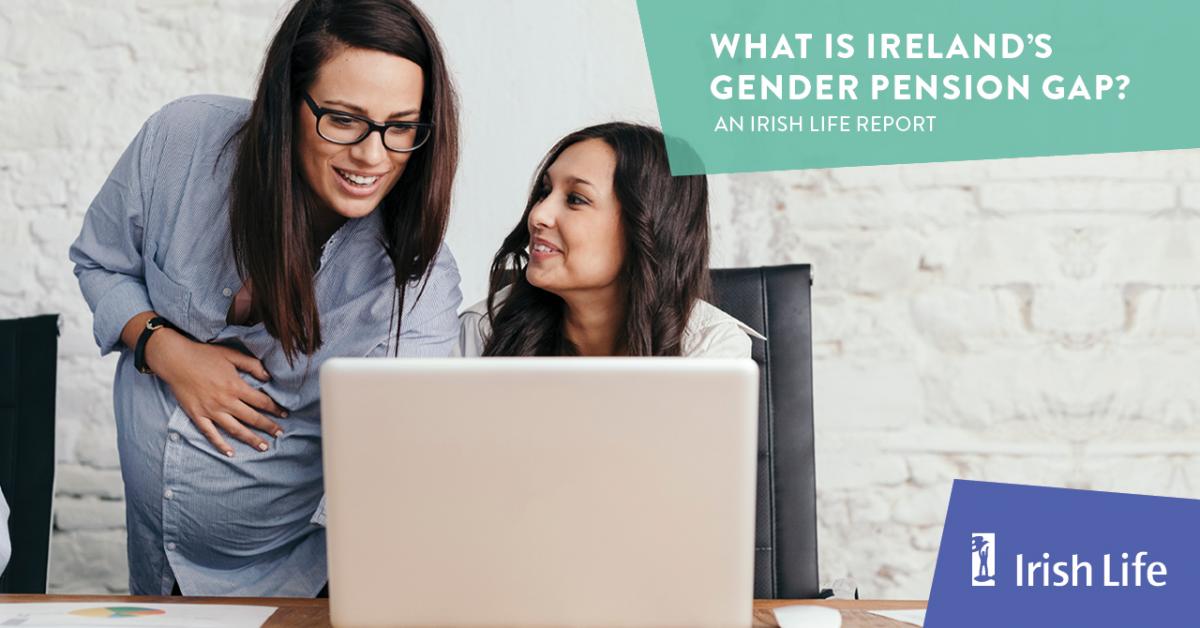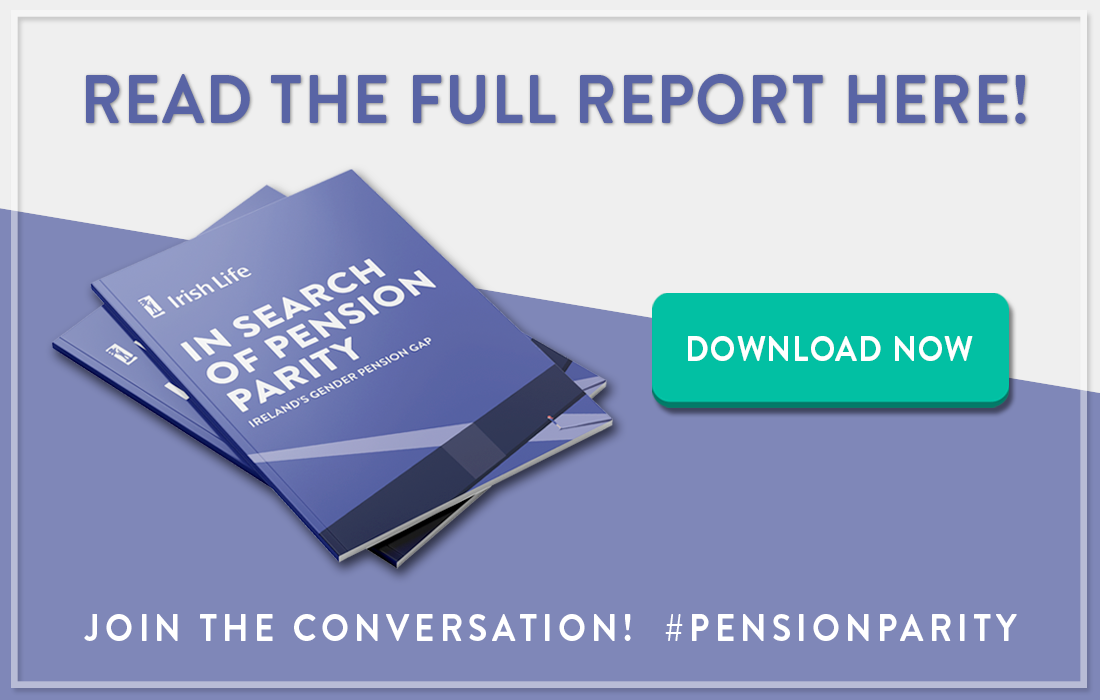
Exploring Ireland’s gender pension gap
A woman wouldn’t take a smaller ice cream cone just because she’s a woman. Really – imagine not being able to have a proper 99, while all the men around you can indulge?
So, why should women settle for a smaller pension fund?
Yet that’s exactly what’s happening in Ireland, with a potential gap emerging between men’s and women’s pensions of around 22%.
As people live longer and public services like state pensions can’t be guaranteed into the future, we’re relying more on personal and employer pensions now. But while women in Ireland are living longer (five years on average more than men, according to the CSO), they are likely to draw down much smaller pensions than men.
Here at Irish Life, we don’t think women should expect less – why have only a 77? No, we should ALL get the full 99, with a nice flake (and sprinkles on top, if we want them).
The gender pension gap is an issue that’s just as important as the gender pay gap and we think it should receive the same level of attention. Our report, In Search of Pension Parity: Ireland’s Gender Pension Gap, shines a light on the story. Our hope is to help get the conversation going so other parties - including employers and government - might join together with Irish Life in working towards solutions to bring balance for everyone.
We’ve done the heavy lifting in gathering the data to figure out why exactly the gender pension gap might exist in the first place. Read on to explore our key takeaways.
Key takeaways from Ireland’s gender pension gap study
Let’s get down to the raw data. Our research shows that a gender pension disparity is emerging, with Irish women likely to see circa €120,000 less than men on average from their pension pots.
And in fact, figures are even greater when we look at people drawing down pensions currently. Over 12 months prior to August 2019 we found that men drew down an average of €125,000 from their Irish Life Direct Contribution pension plans – compared to €69,000 for women.
But why exactly is there a gender pension gap in Ireland? On the surface, men and women share many similar characteristics when it comes to their pension plans:
- Women start their pension plan age 36 and men start theirs at 37.
- 48 percent of employed women participate in pension plans when they are made available to them compared to 47 percent of men.
- 57 percent of women are active in their pension plan when in paid employment versus 55 percent of men.
- Both women and men contribute on average 11 percent of salary to their pension plan, including AVCs, employer and employee contributions.
When we dug a little deeper, we found a few differences that ultimately contribute to the gender pension gap:
- Quite simply, men are earning more. €48,000 is the average annual salary women are earning, where men are earning €58,000 on average. This gender salary disparity reaches as much as €20,000 annually between the ages of 55-64. As pension contributions are largely paid as % of salary, base salaries are pivotal to the funding process.
- Men in Ireland spend seven more years in paid employment than women, according to the European Commission. In Ireland specifically, women are the primary caregivers in most families (445,500 compared to 9,200 men). Again, as pension contributions are largely paid as % of salary, actually earning a salary is pivotal to the funding process.
And the implications of the disparity in pension pots is further underscored by the fact that women in Ireland live longer - 83 years is the average life expectancy for women compared to 78 years on average for men - which means their smaller pension pots need to last them even longer.
When you factor in the gender pay gap and career breaks for women (forecasting a more modest 3 years, rather than the aforementioned average 7 years) we are looking at a likely €120,000 gap in potential pension outcome between men and women.
What initiatives can help rebalance the gender pension gap in Ireland?
The government, employers and pension providers - like ourselves - have a role to play in closing the gender pension gap. Possible initiatives could include:
- Changes at a government level to provide a fairer system for all, with specific tax measures and a progressive auto-enrolment policy.
- Employer commitments to remedy the gender imbalance by reviewing gender salary parity, current promotion processes and leave policies, with a view to developing more progressive solutions.
- Flexible pension plans that facilitate pension contributions for those on unpaid maternity or parental leave.
- Progressive pension plans that provide support for parents who may be taking time out of work to raise a family.
- Continued conversation and education on the gender pay and pension gaps to build awareness in the community.
Of course, the most important thing each of us can do is to join the conversation. Let’s talk about the gender pension gap and work on solutions together. Let’s make sure everyone can have a 99.
Join the conversation with #PensionParity. Let the rebalance begin.




